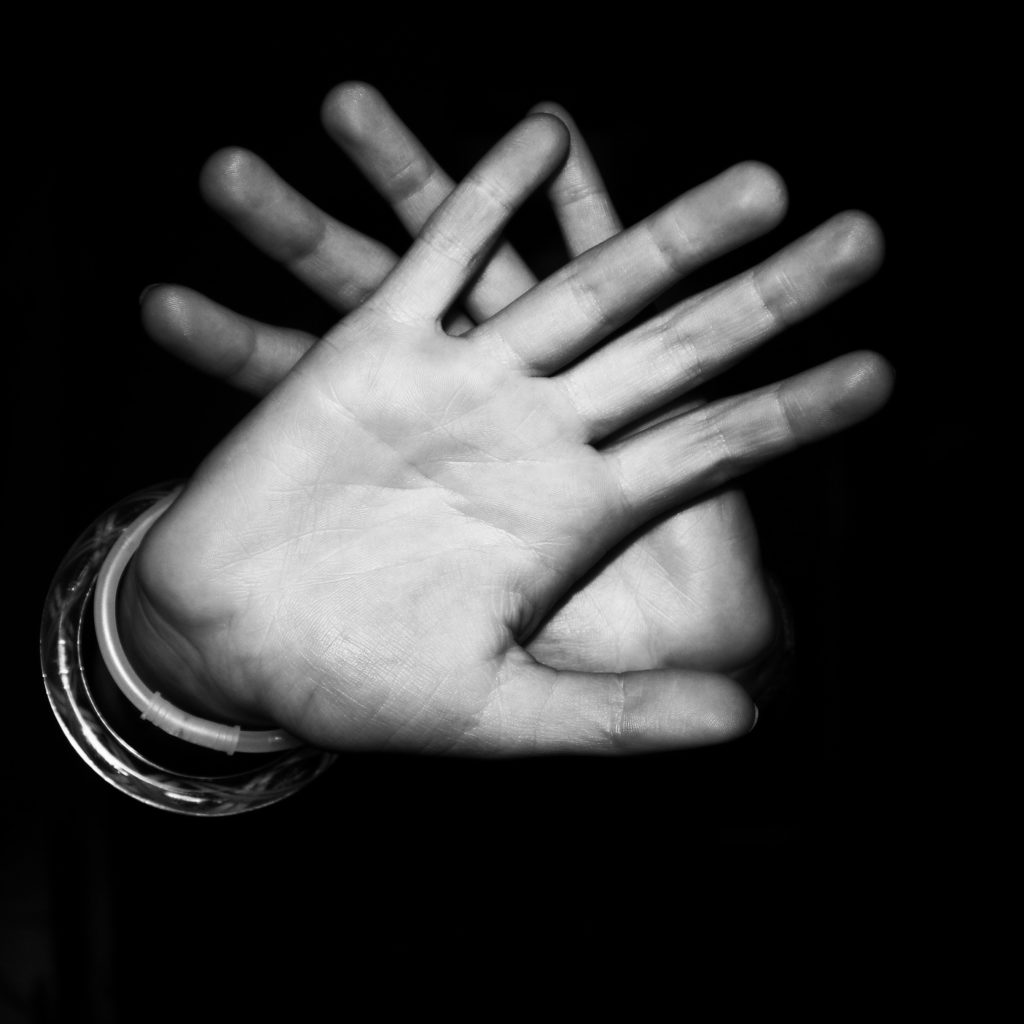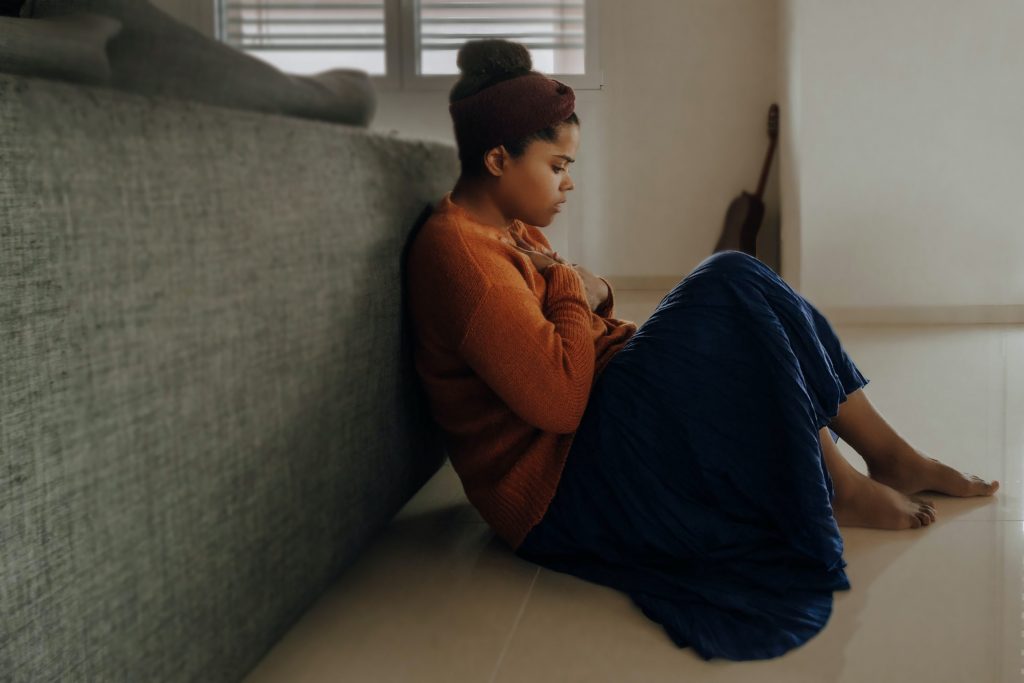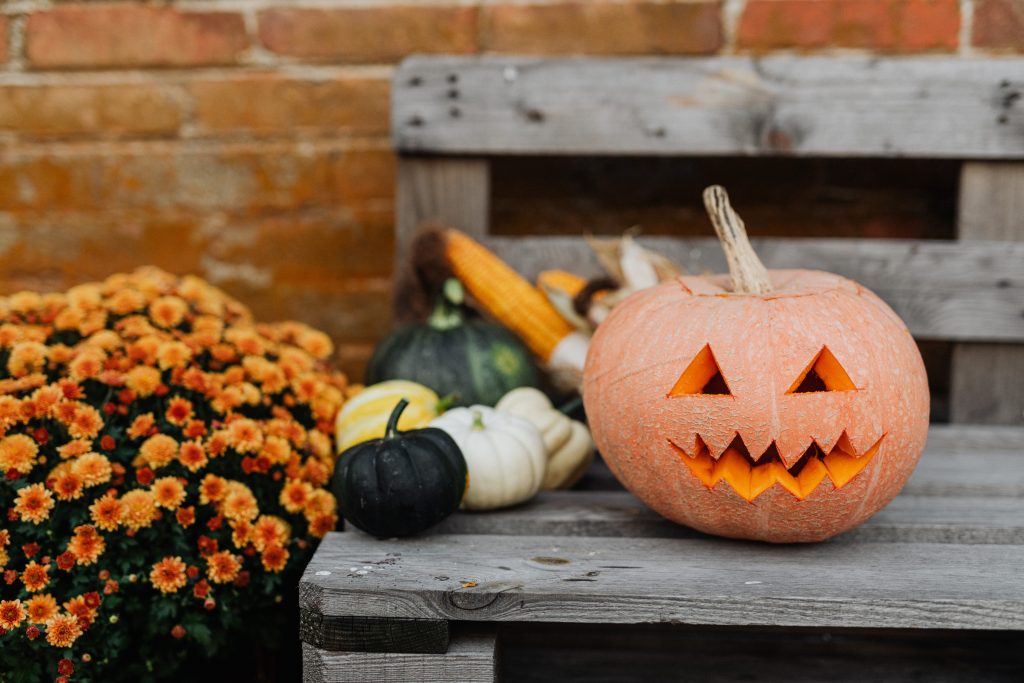Read more about panic attacks in this Harcourt Health article we were featured in!
Panic attacks are sometimes a response to fear or stress, and they are more common than people realise. But if feeling panicked a lot if affecting your life, there are things you can do to reduce the risk of a panic attack.

What is a Panic Attack?
A panic attack can have different symptoms. You might have just one of these symptoms or a few of them at the same time. Panic attacks can involve:
- A pounding or racing heartbeat
- Sweating and shaking
- Feeling like you can’t catch your breath
- Pain in your chest or stomach
- Feeling dizzy or like you might faint
- Numbness or tingling
- Feeling sick
- Feeling hot or cold
A panic attack can be triggered by stress or anxiety. Or it might seem to come out of nowhere without any obvious cause. Panic attacks usually last between 5 to 20 minutes. They can be exhausting and emotionally draining. Although they feel very scary at the time, they are usually harmless.
How Can I Stop Panic Attacks?
There are some ways that you can reduce the risk of a panic attack from developing. Often, panic attacks are caused by stress or nervousness. Or they might be a symptom of a different issue like depression or anxiety.
Talk to Someone
Talking to someone about what is worrying you can help a lot. It can help get things off your chest and to get a different point of view on the situation. You might find that once you’ve shared what is stressing you out, you’re not as worried about it anymore. A friend, a family member or someone at school that you trust are all great options for people to talk to.
If you don’t have anyone you can talk to face-to-face, you can always use a helpful to talk to someone who is trained to listen. The Samaritans, Childline or The Mix are all useful resources. Or you might prefer to talk to your doctor or counsellor who can give you advice on how to reduce your panic attacks.

Stay Healthy
The better you feel in your body, the easier it is to keep your stress levels down. A healthy diet and regular meals will keep your energy levels stable. And a regular exercise routine can help you feel strong and healthy, as well as balancing your mood. Running, walking, dancing or swimming are all great options. Exercise also has the added benefit of helping you to calm down when you’re stressed. Taking care of yourself is important and it can help you level out your mood and hormones.
Learn Breathing Techniques
When you have a panic attack, you might find that your breathing gets faster. It can feel like you’re struggling to catch your breath or like you can’t get enough air into your lungs. So, it can be useful to learn some deep breathing techniques that will help to calm you down. Try breathing in slowly for five seconds and then slowly breathe out for five seconds. Repeat this process until you feel calmer.
Remind Yourself You’re Having a Panic Attack
When you’re in the middle of a panic attack, it can feel really scary, but worrying about what’s going on can make you feel worse. So, remind yourself that you’re having a panic attack and that it is temporary. Keep telling yourself that it will pass soon and that you are going to be OK.
Practice Mindfulness
Mindfulness is a popular technique with people who suffer from panic attacks. It helps to bring you back to the present moment and can calm you down more quickly. Panic attacks can sometimes leave you feeling disconnected. So, reminding yourself of what is happening around you at that moment and focussing on something else can help.
Focus on sensations you can feel, like the texture of your clothes. It will give you something to focus on and bring you back to reality. You can also focus on the sounds you can hear or an object that’s nearby. Pay attention to every detail of the object, from the colours you can see to any sounds it is making.
Use Muscle Relaxation Technique
Muscle relaxation techniques can help you gain more control over your body during a panic attack. Focus on relaxing one muscle at a time, starting with your toes, moving up your body. Tense and relax each muscle group. This allows you to learn the difference between tension and relaxation and shifts your focus outward away from the uncomfortable physical feelings.
You can practice all these techniques even when you’re not having a panic attack, so you’re more relaxed generally, and prepared if one strikes.

Repeat a Calming Phrase
Repeating a calming sentence to yourself when you’re panicking can help you relax. It can also help you focus on something other than how the panic attack is making you feel. It can be something simple like “I’m going to be OK” or “It will pass soon”. Whatever helps to calm you down and make you feel safe.
What Not to Do
Don’t try to do everything at once. It’s easier to manage smaller targets than huge ones. This can just stress you out more. You should also focus your energy on helping yourself feel better. So, make sure you’re not spending time on things you can’t change.
It might be tempting to avoid the situations that make you anxious completely. But it can be a good idea to slowly build up the amount of time you spend facing worrying situations. Over time, it can slowly reduce your anxiety, and build your confidence. How quickly you do this can vary from person to person. So, find what works best for you and don’t rush. Take small steps and face one thing at a time.
It’s also important to avoid using alcohol, cigarettes and drugs to relieve your anxiety. All these things can actually make your mental health worse.
Panic attacks are scary. But they are not considered dangerous. Practicing ways to calm yourself down and stay safe during a panic attack can help. This can also help to reduce the risk of a panic attack from developing.








